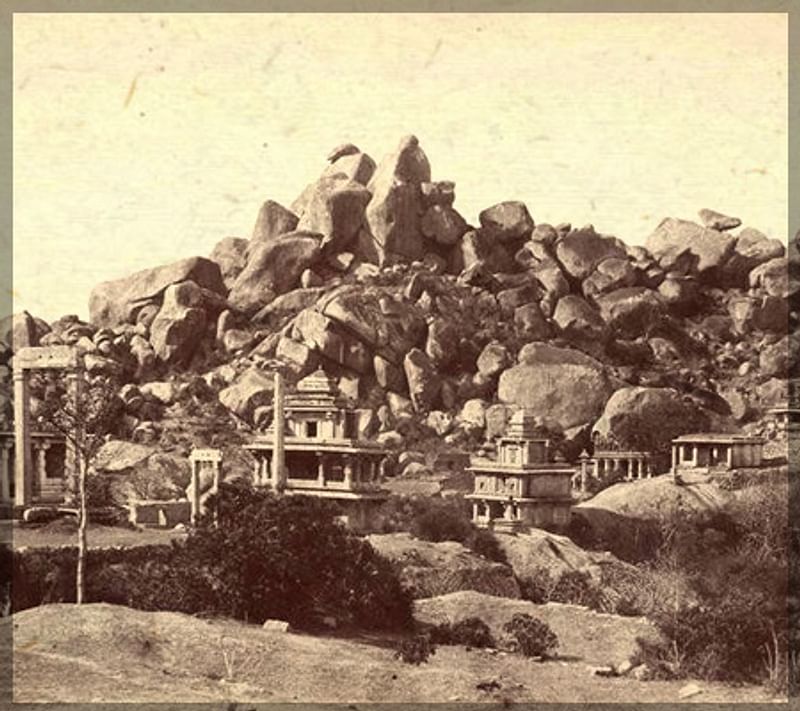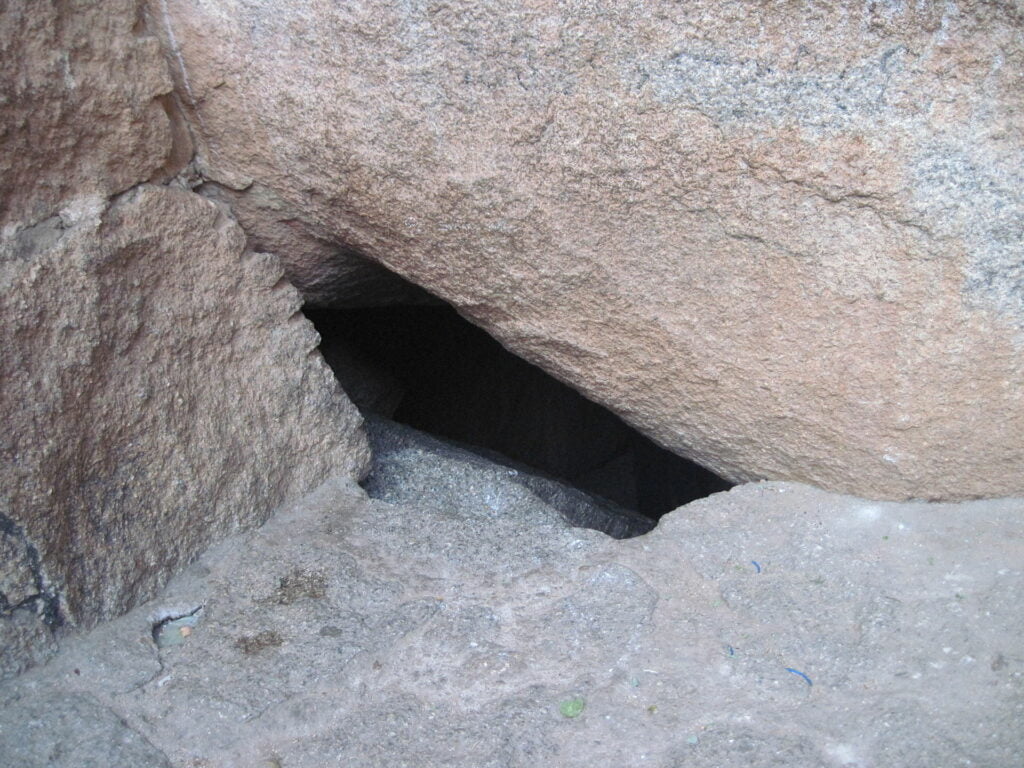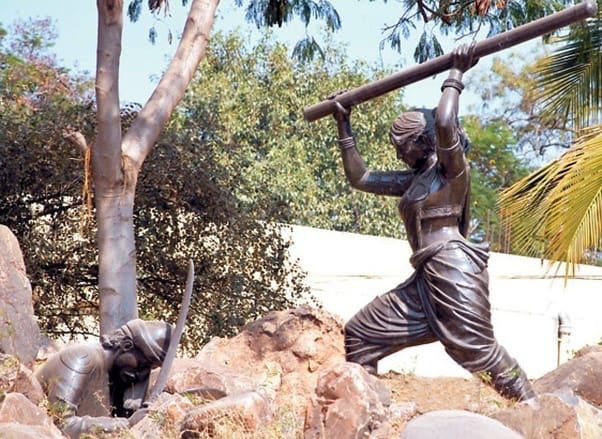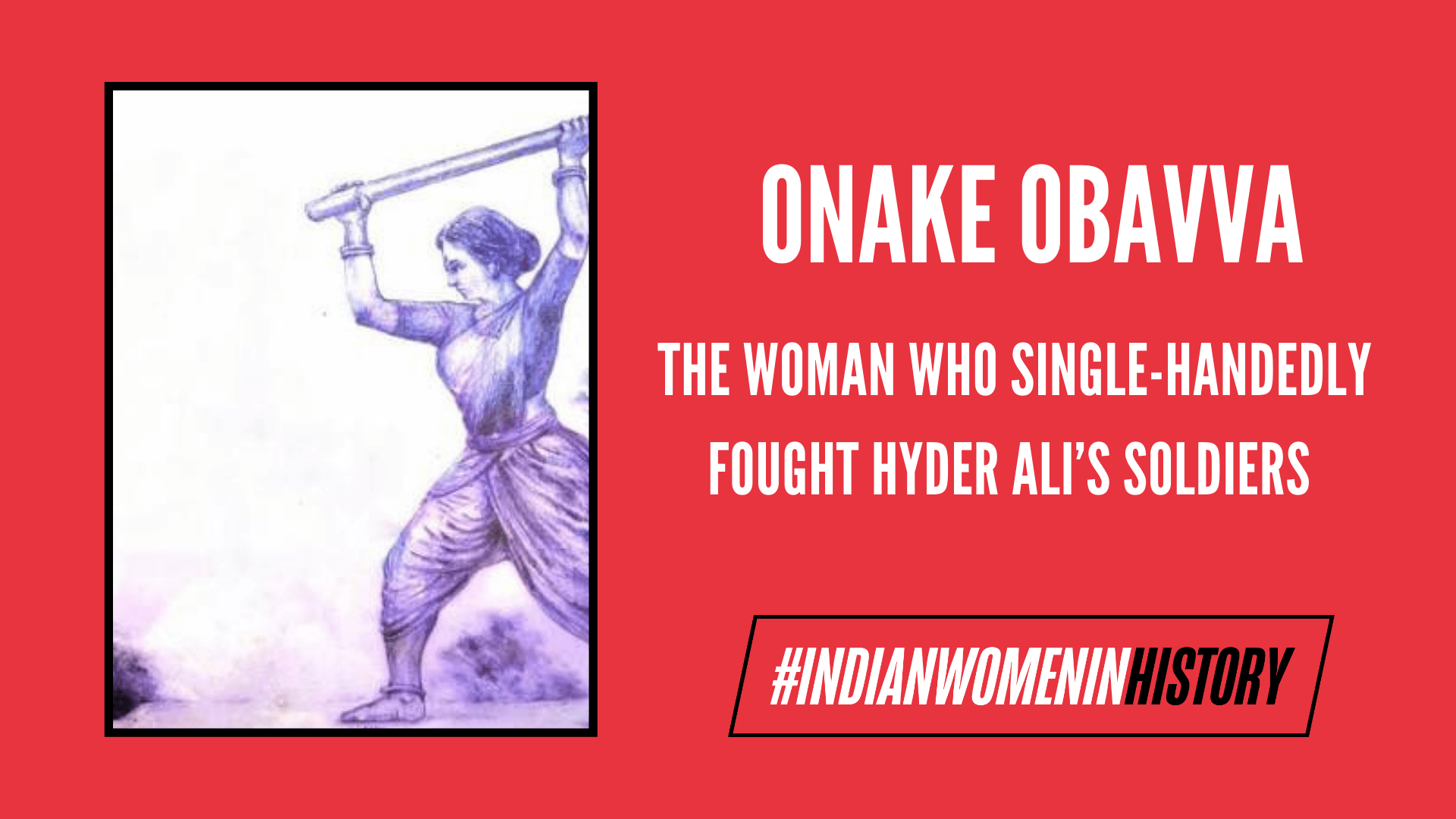When we think of battles fought between two empires, the first image that comes to our minds is always of a man riding a horse, a sword in his hands, charging with rage. In this grand, masculine pictorial abyss, our history books lose track of many women warriors and often reduce them to small regional folktales. To be remembered in history, women are expected to depict mardaani (manliness) and valour in ways and scales similar to their male counterparts.
One example of a woman exhibiting courage and bravery in the face of adversity is Karnataka’s indomitable Onake Obavva. She single handedly fought against the troops of Hyder Ali, who came with the intention of capturing the Chitradurga Fort situated in Chitradurga, 200 kilometers north-west of Bengaluru.
History of the Chitradurga Fort
The Chitradurga Fort is locally known as Elusuttina Kote (the fort of seven circles). The fort has been ruled by many kings and is famous for many battles. During the 18th century, the town was ruled by Nayakas. The Chitradurga kingdom lay between two powerful kingdoms of Maharashtra and Mysore. It was during the rule of the last Nayaka ruler, Madakari Nayaka IV, when Hyder Ali of Mysore decided to attack the fort. However, since the walls of the fort were secure and extremely well- built, Hyder Ali’s army could not penetrate the fort despite numerous efforts. He decided to lay siege to the fort instead.

Obavva’s brave defence of the fort
Once, when Obavva’s husband had gone for lunch, Obavva was on guard. She noticed a soldier entering through the crevice. Using her discretion, she struck the soldier on the head with a pestle or an Onake – her namesake. The blow killed the soldier instantly. She understood there were more soldiers coming. She stood guarding the crevice after hiding the body of the soldier and killed the other soldiers one by one. This woman, with no prior training in warfare whatsoever, did not let the situation deter her and continued to defend the fort from the enemies. After her husband returned, he saw the pile of bodies next to a bloodied Onake and his wife still slaying the incoming soldiers. He immediately sounded the war alarm signalling battle with the force of Hyder Ali. Obavva died on the same day due to unknown causes.

Onake is considered a brave warrior and a great patriot in Karnataka for her efforts to keep the enemies at bay for as long as she could. It is noteworthy that even though she did not have any practice in warfare, she rose to become a warrior, something that the situation demanded out of her. She depicted courage and utilised the bare minimum resources to her avail to ensure her land was guarded. Her death or the siege of the fort by Hyder Ali shortly after, does not take any bit of relevance away from her actions.
Obavva’s Legacy
The crevice guarded by her is now named Obavanna Kindi in her honour. Chitradurga also has a stadium Veere Vanithe Onake Obavva Stadium to remember her contributions and keep her legacy alive. Obavva is also commemorated with a statue by Ashok Gudigar which is placed in front of the District Commissioner’s office in Chitradurga.

Onake is widely represented in popular culture. Her efforts are portrayed in a song sequence in the movie ‘Nagarahavu’. The 2019 movie ‘Chitradurga Onake Obavva’ also portrays her might against the soldiers.
Inspired by Obavva, Chitradurga, in 2018, deployed Obavva Pade – an all women squad to protect and educate women. The squad has 45 women who are below 40 years of age. Obavva Pade also raises awareness about crimes against women and ensures that safe public spaces are accessible to them. The squad interacts with children in schools and ASHA workers along with Stree Shakti groups to administer basic self defence. It also familiarizes women and children with law and order. They focus on the Protection of Children from Sexual Offences(POCSO) Act, cyber crime and mobile crimes. The initiative was also implemented in Bengaluru by the Bengaluru West Deputy Commissioner of Police (West), Ravi D Channannavar, as a pilot project.
Onake’s descendants still try to keep her memory and the family tradition—of blowing the Kahale—alive. The Kahale, apart from being an indication of emergencies, was also blown during victories over enemies, festivals and other occasions. The descendants believe their ancestors played a significant role in defending the fort, and thus the Kahale is associated with both Onake and her husband. The tradition of blowing Kahale is now concentrated in parts of Maharashtra and Chitradurga. The great grandson’s family tries to keep the ancient art form alive in their Chalavadi community.
The history handed down to us is primarily by and of men. Hence, it is our responsibility to bring forth the stories of more courageous women like Onake and their agency to ensure they are not lost and forgotten. Onake Obavva was a simple woman who turned into a warrior when the situation demanded. She is considered the female pride of Karnataka. Her name is included among the most daring, fearless champions the state produced.
Also read: R. Kalyanamma: Karnataka’s Pioneer Journalist Who Wrote On Women’s Issues
About the author(s)
Srishti is a first year Masters student in Gender Studies at AUD. She is passionate about reading and chasing after dogs. You will often find her recommending ASMR videos to people.




